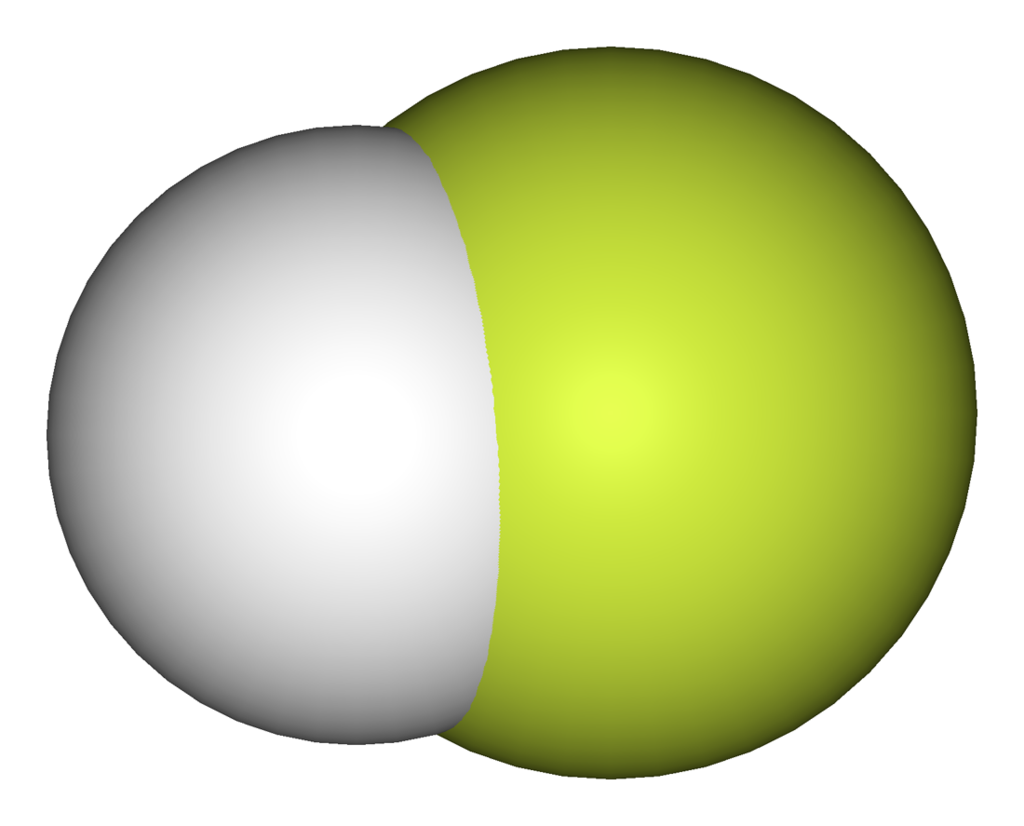Hydrogen Fluoride (HF), a colorless fuming liquid, holds a dual identity—valued in certain industries yet harboring risks that demand careful handling and monitoring. This blog delves into the characteristics, applications, health risks, regulations, and monitoring methods associated with Hydrogen Fluoride.
Understanding Hydrogen Fluoride:
Hydrogen Fluoride is characterized as a colorless, fuming liquid with corrosive properties towards metals and tissues. Both its fumes and liquid forms pose risks, being heavier than air. Brief contact with these fumes or liquid can result in severe, painful burns. Despite its non-flammable nature, the gas may explode if heated under pressure. Widely used in aluminum production, the manufacturing of chlorofluorocarbons, and essential to the glass etching and chemical industries, Hydrogen Fluoride plays a crucial role in various processes.
Health Risks of Hydrogen Fluoride Exposure:
Hydrogen fluoride inhalation can lead to severe respiratory damage, including pulmonary edema. Direct contact with HF can cause ocular irritation and dermal burns, with severe cases resulting in blindness due to rapid corneal destruction. The substance is fatal if swallowed, inhaled, or directly contacted. Interestingly, chronic exposure to low fluoride levels can be beneficial, preventing dental cavities and treating osteoporosis. However, high levels of exposure can lead to dental fluorosis or mottling, while very high levels can cause skeletal fluorosis.
Regulations and Exposure Limits:
Stringent regulations govern the exposure limits for Hydrogen Fluoride to ensure workplace safety. The table below outlines the most recent exposure limits set by various organizations:
| Limit/Level | Type | Organization |
|---|---|---|
| 1.0 ppm | AEGL-1 (8 hrs) | EPA |
| 12 ppm | AEGL-2 (8 hrs) | EPA |
| 22 ppm | AEGL-3 (8 hrs) | EPA |
| 3 ppm | TWA (8 hrs) | OSHA |
| 3 ppm | TWA (8 hrs) | NIOSH |
Measuring Hydrogen Fluoride:
All of those units can be found here: https://www.gas-sensing.com/information/hydrogen_fluoride
Accurate measurement of Hydrogen Fluoride concentration in the air is crucial for ensuring a safe working environment. Monitoring is typically conducted in units of parts per million (ppm). Numerous products with digital communication capabilities are available for easy monitoring and control. The range includes portable and fixed hydrogen fluoride monitors and kits, catering to diverse monitoring needs.
In conclusion, Hydrogen Fluoride demands meticulous attention due to its dual nature—serving industrial processes while posing significant health risks. Adhering to strict regulations, employing advanced monitoring technologies, and prioritizing safety protocols are imperative in navigating the complexities associated with Hydrogen Fluoride. Stay informed, stay safe.

